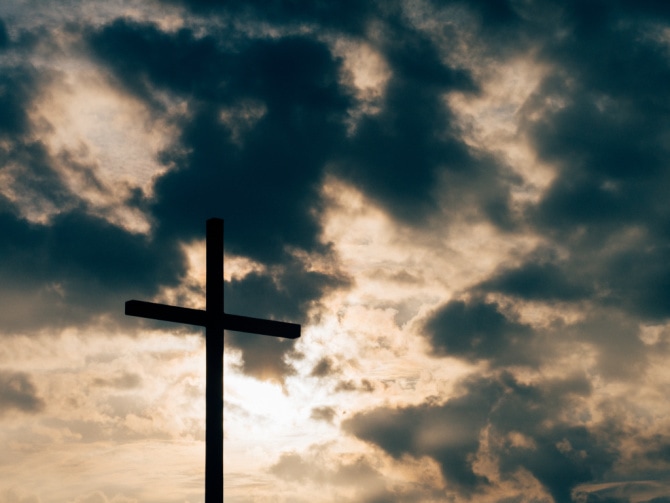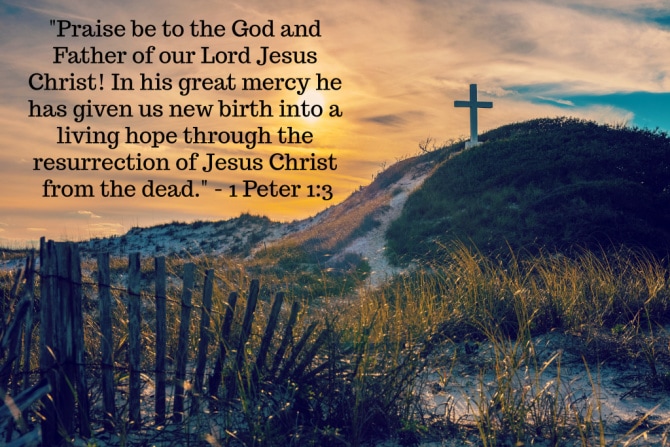“He was despised and rejected by mankind, a man of suffering, and familiar with pain. Like one from whom people hide their faces he was despised, and we held him in low esteem. Surely he took up our pain and bore our suffering, yet we considered him punished by God, stricken by him, and afflicted.” (Isaiah 53:2-3)
This is the fate that befell our Lord and Savior on a somber Friday afternoon, less than one week after his triumphal entry into the city of Jerusalem. They had hailed him as King, proclaimed him as Savior . . . and five days later, they turned against him. Jesus’ few remaining followers watched as their Lord was wrongfully convicted, brutally beaten, and subjected to the cruelest death imaginable. They had placed their hope and trust in this man whom they believed to be the Son of God; now their dreams were shattered, their own lives hung in the balance, and the future seemed bleak. Little could they have imagined that in the not-so-distant future, this fraught Sabbath eve would be known by a single qualifier: Good.

The disciples scattered after the crucifixion, fleeing the site of the cross for fear of being associated with this Jesus who had been deemed the most dangerous of criminals. I can only imagine the intense anger, frustration, and despair they experienced over the following two days. “How could we have been so wrong?” they must have asked one another. “Where do we go next?”
Their answer came that Sunday when they received the glorious news that their Jesus was not dead after all. He had risen! Slowly, the pieces of the story began to form: His death had not been an accident, but part of God’s divine plan. Jesus himself had warned them of what was to come, if only they had understood. And the torture he’d experienced, the scars he now bore—none of it was in vain. His death marked the culmination of God’s plan to save them—to save ALL of His people—from their sins. The wrath of God was poured out on Jesus on the cross; He became the perfect sacrificial substitute, and because of the work that was done on that dark, painful day, God’s forgiveness and salvation could be poured out on the nations. It had, indeed, been a very GOOD Friday.
Though I hesitate to compare my momentary trials and difficult moments with Christ’s torturous death on the cross, I can’t help but draw parallels between the disciples’ Good Friday experience and some of my own darkest times. When I am in the depths of despair, all hope seems gone and I can’t imagine—let alone see—a light at the end of my tunnel. My previous understanding of Who God is and the promises He has made are forgotten; I wallow in self pity, beg God for clarity, and question His goodness and sovereignty.
In the aftermath of my trials, my Easter mornings if you will, I can see God’s divine hand within my painful circumstances. Often, I observe more than just the good that resulted from my pain, but the beauty and blessings within the pain itself. Though my Fridays seemed tragic in the moment, hindsight brings the gift of understanding that they were also good.

On this Good Friday, we join the disciples in mourning the brokenness of this world and the pain our Lord endured on our behalf. But unlike them, we know what is to come. He is Risen! And through His resurrection, He offers us life and hope and a reminder that He makes all things new. He will wipe our tears away, turn our sorrow to joy, and lead us into an abundant, everlasting life with Him.